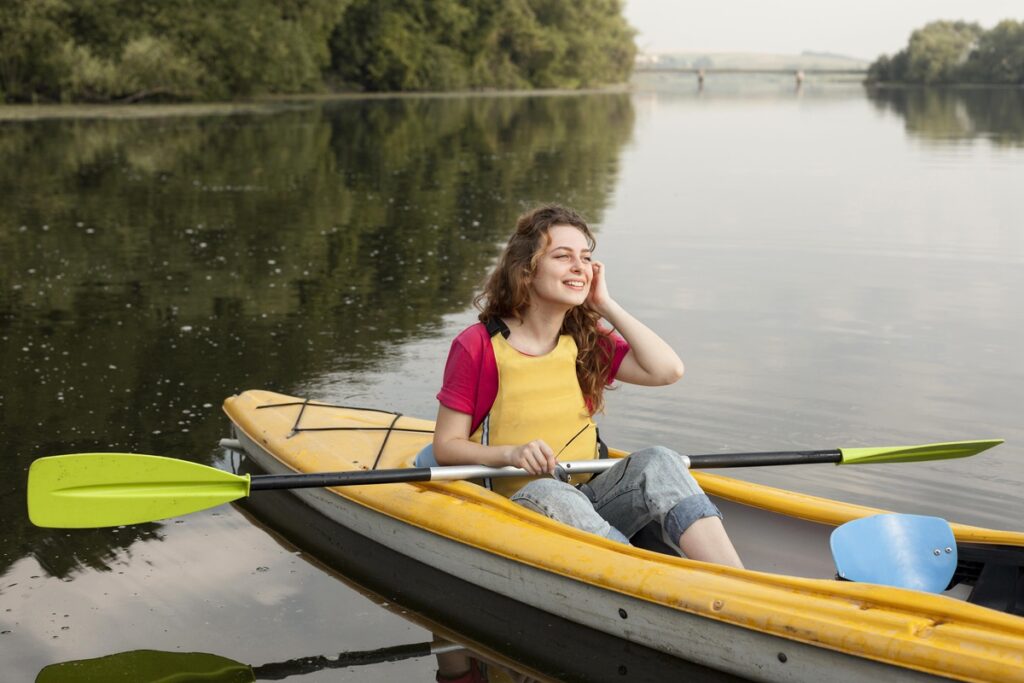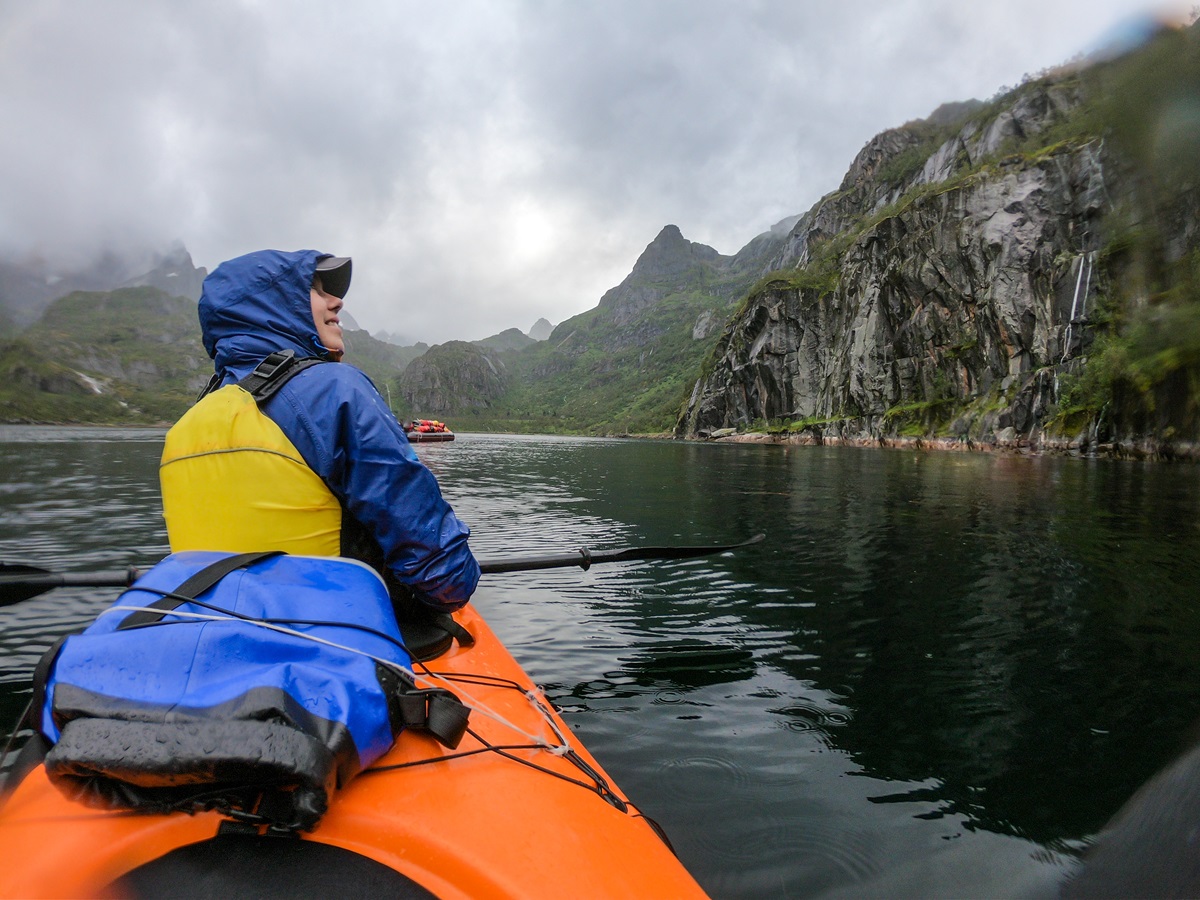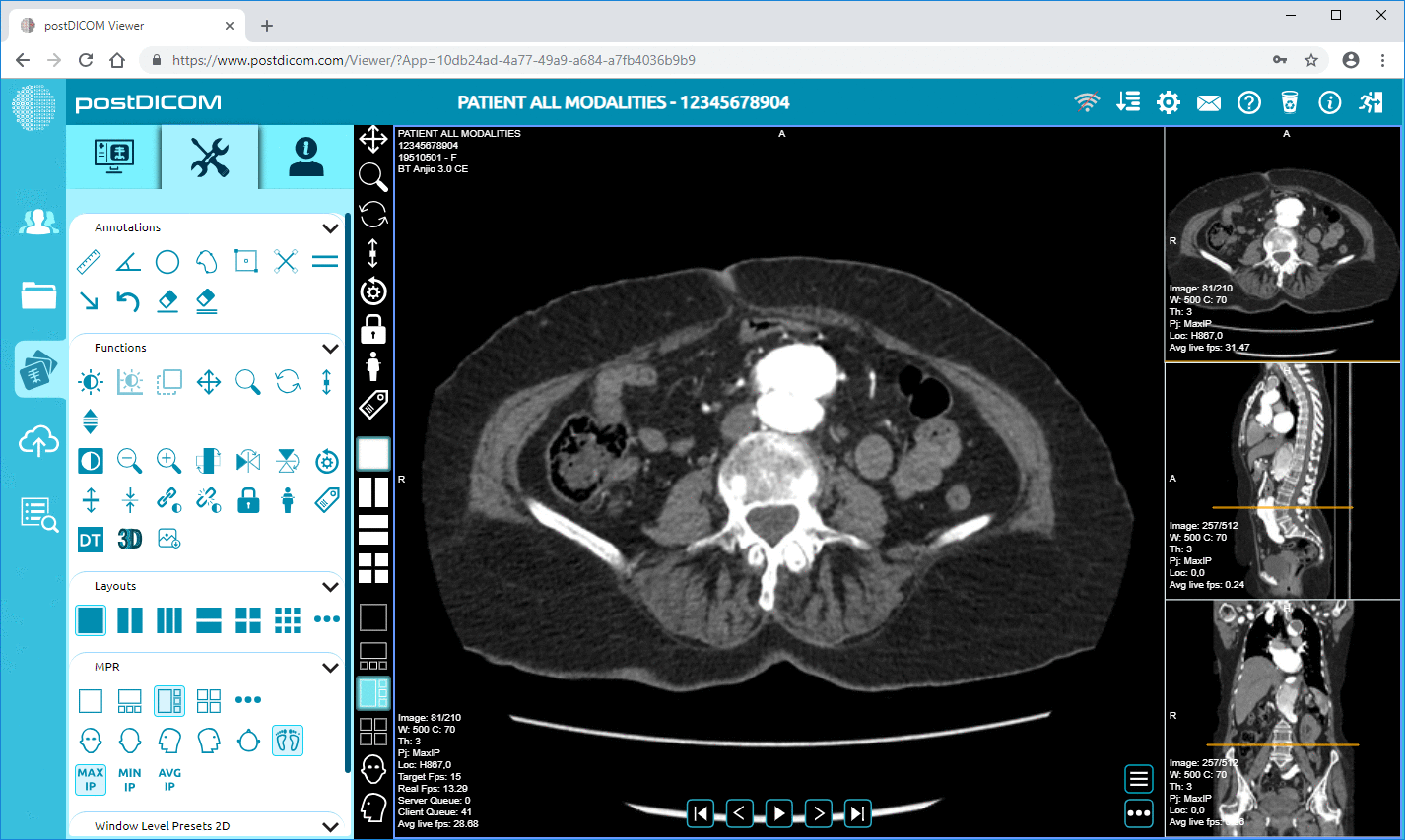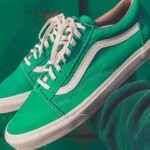When the temperature drops, kayaking can quickly become miserable if you don’t dress properly.
Follow this in-depth guide to learn techniques and gear recommendations for retaining body heat and blocking water, allowing you to comfortably paddle open kayak dry top even in cool weather.
Use Layering Strategies
Layering versatile clothing is key for adaptable insulation. Follow these layering guidelines:
- Base layer: Wear synthetic or merino wool long underwear. Silk base layers also retain heat when wet.
- Insulation layer: Use fleece or lightweight down such as a vest or jacket for warmth.
- Outer layer: Shield yourself from wind and water with a waterproof breather jacket like a quality kayak dry top featuring protective wrist and neck gaskets.
Having multiple lightweight layers allows you to shed or add items as needed without overheating or getting chilled to the bone.
Protect Extremities from the Elements
Guarding your head, hands, and feet against ambient temperature and moisture is crucial as these areas radiate significant body heat.
- Head: Wear a fleece beanie under your helmet. Neoprene helmet liners add warmth.
- Hands: Invest in kayaking gloves or pogies for insulation. Sealed wrist covers protect hands and paddle handles from cold wind and water.
- Feet: Neoprene socks and waterproof boots or shoes will make a major difference in comfort.
Stop Heat Loss Through Skin Exposure
Minimizing exposed skin reduces conductive and evaporative heat loss while blocking potential water ingress.
- Wear pants and long sleeves even in summer
- Spray skirts seal out drips around your waist
- Quality wrist and neck gaskets on dry tops prevent hypothetical leakage
- Dry pants, shorts, or bibs worn over synthetic base layers supply additional protection
Maintain Sufficient Calories and Hydration
Keeping properly fed and hydrated helps maintain body warmth and energy while paddling:
- Drink ample fluids – dehydration accelerates hypothermia
- Consume protein-rich foods like jerky, nuts, sausage or energy bars
- Avoid alcohol as it increases heat loss
- Pack a thermos with warm soup or cider for quick warmth
Compare Dry Top Options
Investing in a fitted, high-end kayak dry top is worth the cost for optimal cold water paddling. Here’s a comparison:
| Feature | Budget | Mid-Range | High-End |
| Cost | $100-$150 | $250-$400 | $500+ |
| Material | Coated nylon | Nylon, GORE-TEX | GORE-TEX, merino wool mix |
| Seals | Basic gaskets | Improved gaskets | High quality latex |
| Cut | Generic | Semi-custom | Custom measured |
| Warranty | 1 year | 2-5 years | 5+ years |

Further Tips for Warmth On the Water
If you find yourself getting chilled even with proper gear, try these tips:
- Do jumping jacks or paddle vigorously to quickly boost body heat through exertion
- Raft up alongside other paddlers to chat and move around
- Place chemical hot packs in shoes/gloves for emergency heat
- Turn back early if losing dexterity from extreme cold
Follow these recommendations when kayaking in cooler weather. With the appropriate preparations, you can comfortably continue paddling during spring, fall, or even winter depending on your climate. Proper layering and defense against the elements make all the difference.











